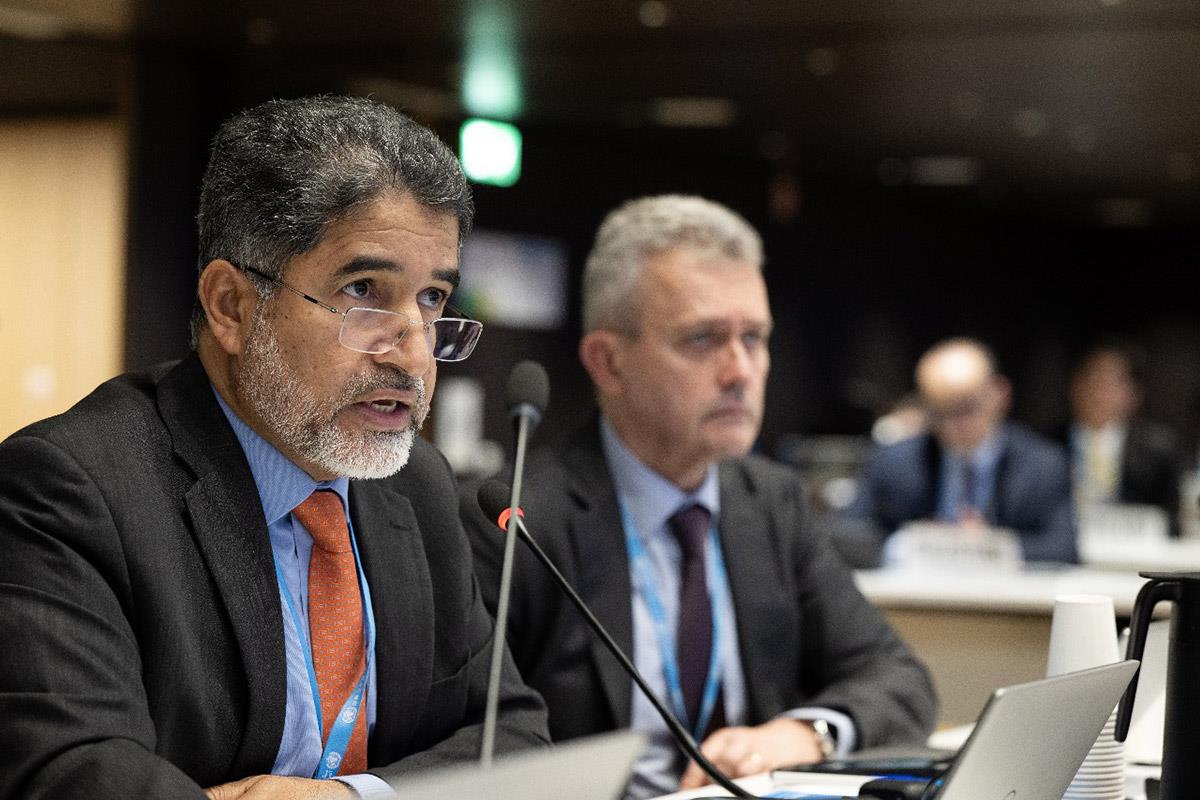
Even in the balmy days of May and June, the tournament’s usual date, the Parisian claycourts are the ultimate test of technique and mental and physical staying power.
But the switch to drizzly September because of the COVID-19 pandemic, plus a switch to a heavier ball, has given some players the impression that they are stuck in quicksand.
Six men’s first-round matches have gone past the four-hour mark, including Lorenzo Giustino’s six-hour epic against Frenchman Corentin Moutet which he won 18-16 in the fifth set.
Juan Ignacio Londero and Federico Delbonis spent nearly five hours settling their all-Argentine first round duel which Londero eventually won 14-12 in the decider.
In the women’s first round four matches went longer than two and a half hours, with Spaniard Garbine Muguruza’s 7-5 4-6 8-6 win over Tamara Zidansek stretching over three hours.
With drizzle and humidity making courts extra sticky, the choice of a heavier ball plus the athleticism of the players, the pattern of extended matches is likely to continue.
This raises questions as to why the French Open is the only one of the four Grand Slams not to use a tiebreak in the deciding set.
Wimbledon, scene of the world record 11-hour clash between Nicolas Mahut and John Isner in 2010, introduced a tiebreak at 12-12 in the fifth set in 2019. The U.S. Open paved the way when it brought in a final-set tiebreak at 6-6 in 1970.
The Australian Open, like the U.S. Open, has a tiebreak at 6-6 in the decider, but a first-to-10 version rather than the traditional first-to-seven employed in New York.











